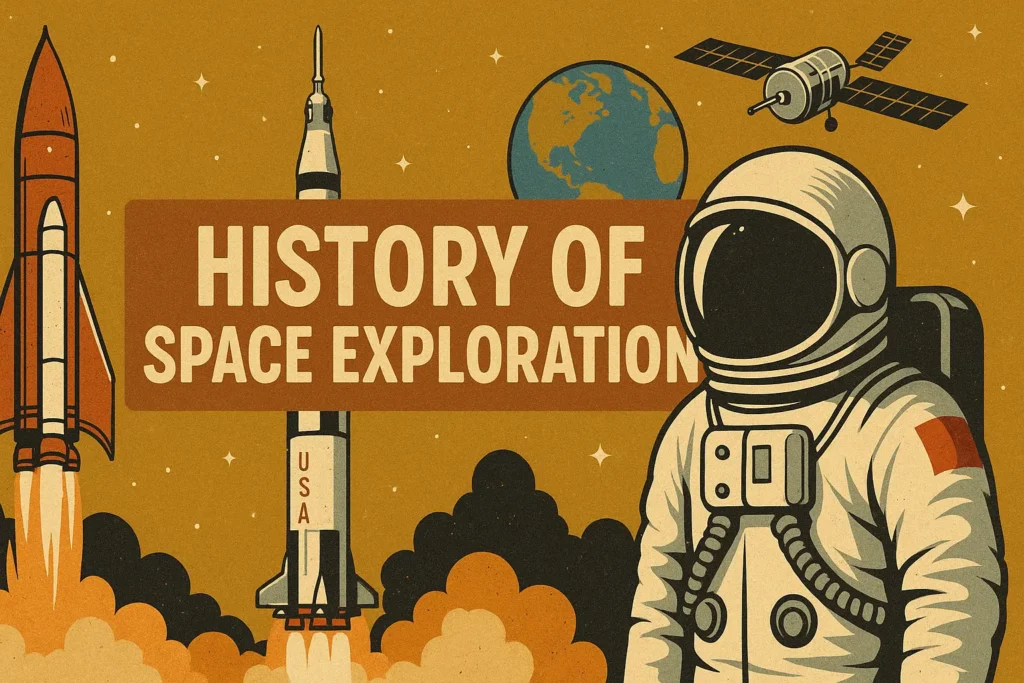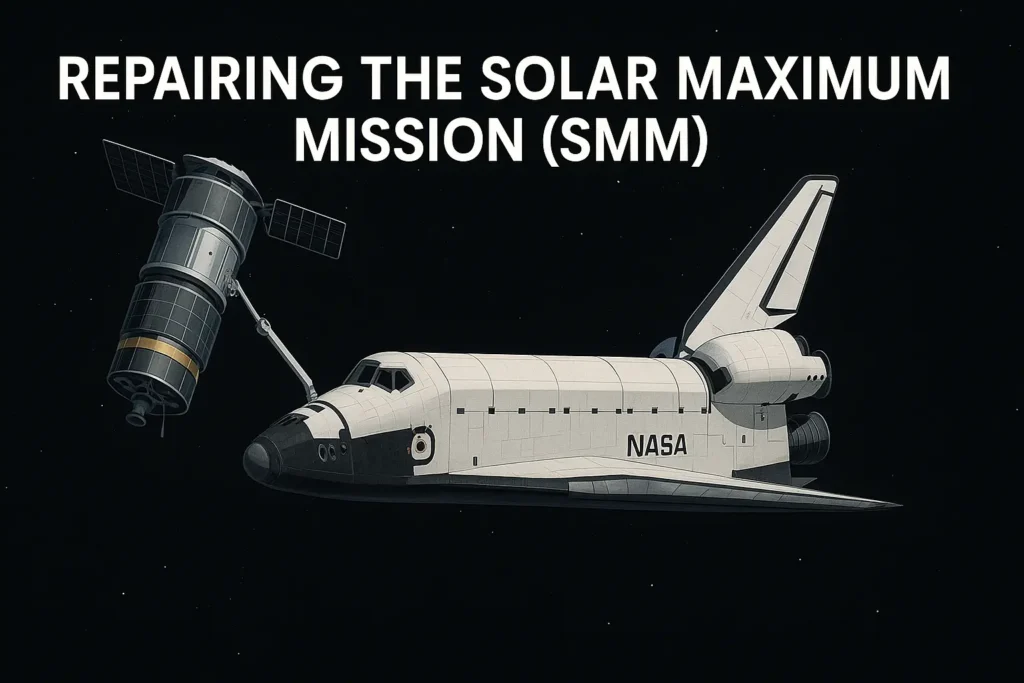The history of space exploration is a testament to human ambition, scientific advancement, and our enduring curiosity about the universe. From the first satellite to interstellar cooperation, each milestone has not only advanced technology but also reshaped our understanding of our place in the cosmos. The following five events represent turning points that have defined the trajectory of spaceflight and exploration.
1. Sputnik 1: The Beginning of the Space Age
In 1957, the Soviet Union launched Sputnik 1, the world’s first artificial satellite. Although it was a simple metallic sphere equipped with a radio transmitter, its launch marked the beginning of the space age and triggered the Cold War space race between the United States and the USSR. For the first time, humanity had placed an object into orbit, demonstrating that space was within reach. Sputnik was not just a technological triumph—it was a cultural and geopolitical shock that ushered in a new era of global scientific competition.
2. Yuri Gagarin: The First Human in Space
Just four years later, the Soviet Union once again made history when Yuri Gagarin became the first human in space. Aboard Vostok 1 in 1961, Gagarin completed a full orbit around the Earth, proving that human spaceflight was possible. His journey was brief—just over 100 minutes—but it forever changed our perception of human potential. It also confirmed that living organisms could survive the rigors of space travel, laying the foundation for longer, more complex missions.
3. Apollo 11: Humanity Walks on the Moon
The most iconic moment in the history of spaceflight came in 1969, when NASA’s Apollo 11 mission successfully landed astronauts on the Moon. Neil Armstrong and Buzz Aldrin descended to the lunar surface in the Eagle lunar module, while Michael Collins orbited above. Armstrong’s first steps and his now-famous words—”That’s one small step for man, one giant leap for mankind”—captured the imagination of millions. The Moon landing was the culmination of years of scientific research, political will, and public support, and it remains one of the most celebrated achievements in human history.
Explore More with Curiosity Stream
If you’re fascinated by stories like the Apollo missions or the future of interplanetary travel, consider joining Curiosity Stream—a leading platform for streaming award-winning documentaries. With thousands of titles, including exclusive originals about space and science, Curiosity Stream brings the cosmos to your screen. Watch anytime, anywhere, and feed your curiosity with expertly crafted content from the world’s top thinkers and filmmakers.
4. The Space Shuttle Era: Reusable Spaceflight Becomes Reality
In 1981, the launch of NASA’s Space Shuttle Columbia marked another revolutionary step: the first use of a reusable spacecraft. The Space Shuttle program spanned three decades, allowing astronauts to conduct research in orbit, deploy and repair satellites, and assemble the International Space Station. Unlike previous one-time-use rockets, the shuttle’s reusability changed the economics and logistics of spaceflight. It also enabled a more sustained human presence in low Earth orbit and significantly contributed to the development of modern space infrastructure.
5. The International Space Station: A Global Laboratory in Orbit
Perhaps the most ambitious collaborative project in the history of space exploration began in 1998 with the construction of the International Space Station. Built and maintained by a partnership of five space agencies—NASA, Roscosmos, ESA, JAXA, and CSA—the ISS serves as a permanently crewed laboratory in orbit. It has hosted astronauts from over 20 countries and supports groundbreaking research in microgravity, Earth observation, human physiology, and advanced technologies. The ISS stands as a symbol of what can be achieved through international cooperation and continues to play a critical role in preparing for future missions to the Moon, Mars, and beyond.
A Legacy That Continues to Inspire
These five milestones—Sputnik, Gagarin’s flight, the Apollo 11 Moon landing, the Space Shuttle era, and the International Space Station—have defined humanity’s journey beyond Earth. They represent not only technological breakthroughs but also cultural shifts and geopolitical landmarks. As new missions set their sights on Mars, commercial spaceflight expands access to orbit, and space agencies plan for sustainable lunar exploration, the legacy of these historic achievements continues to guide and inspire.



